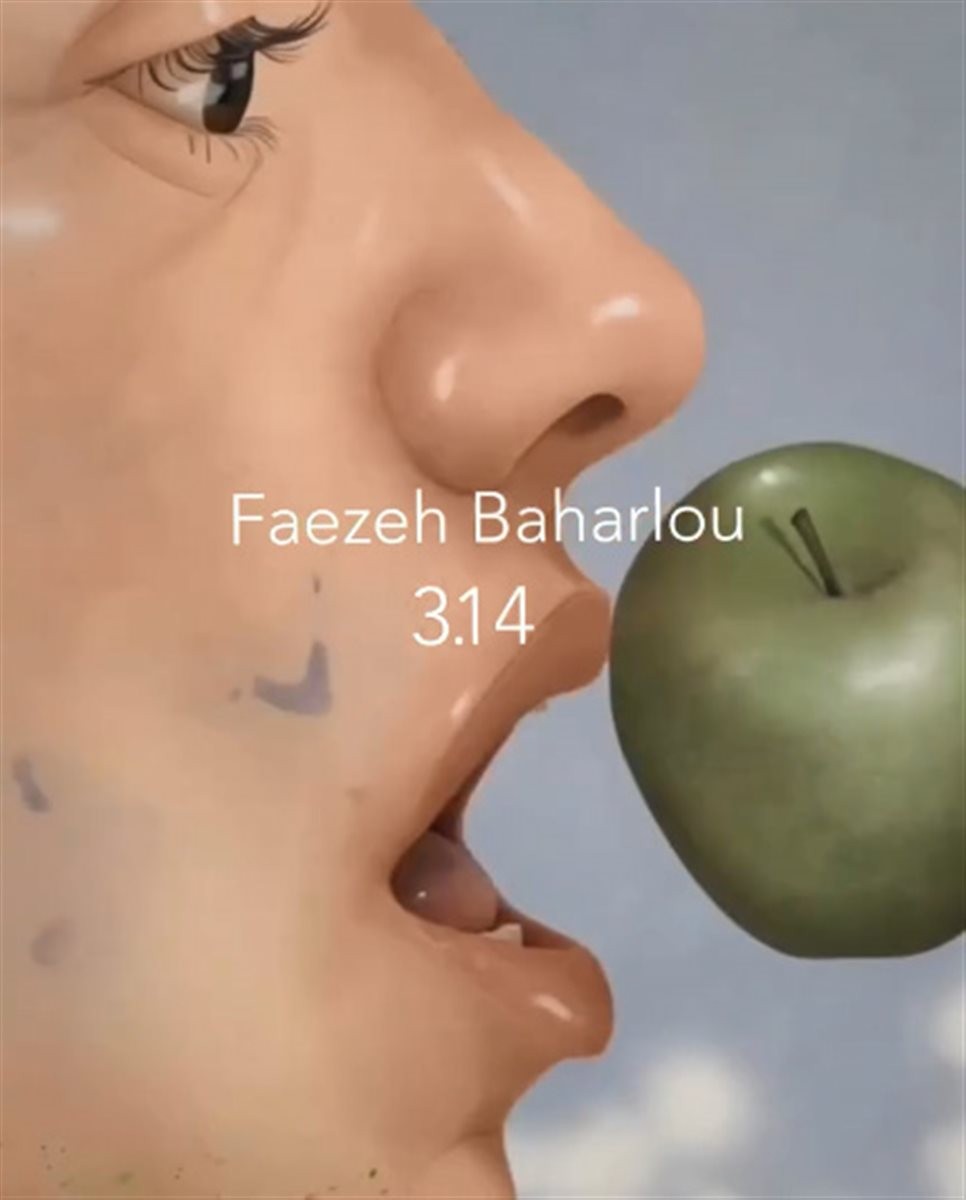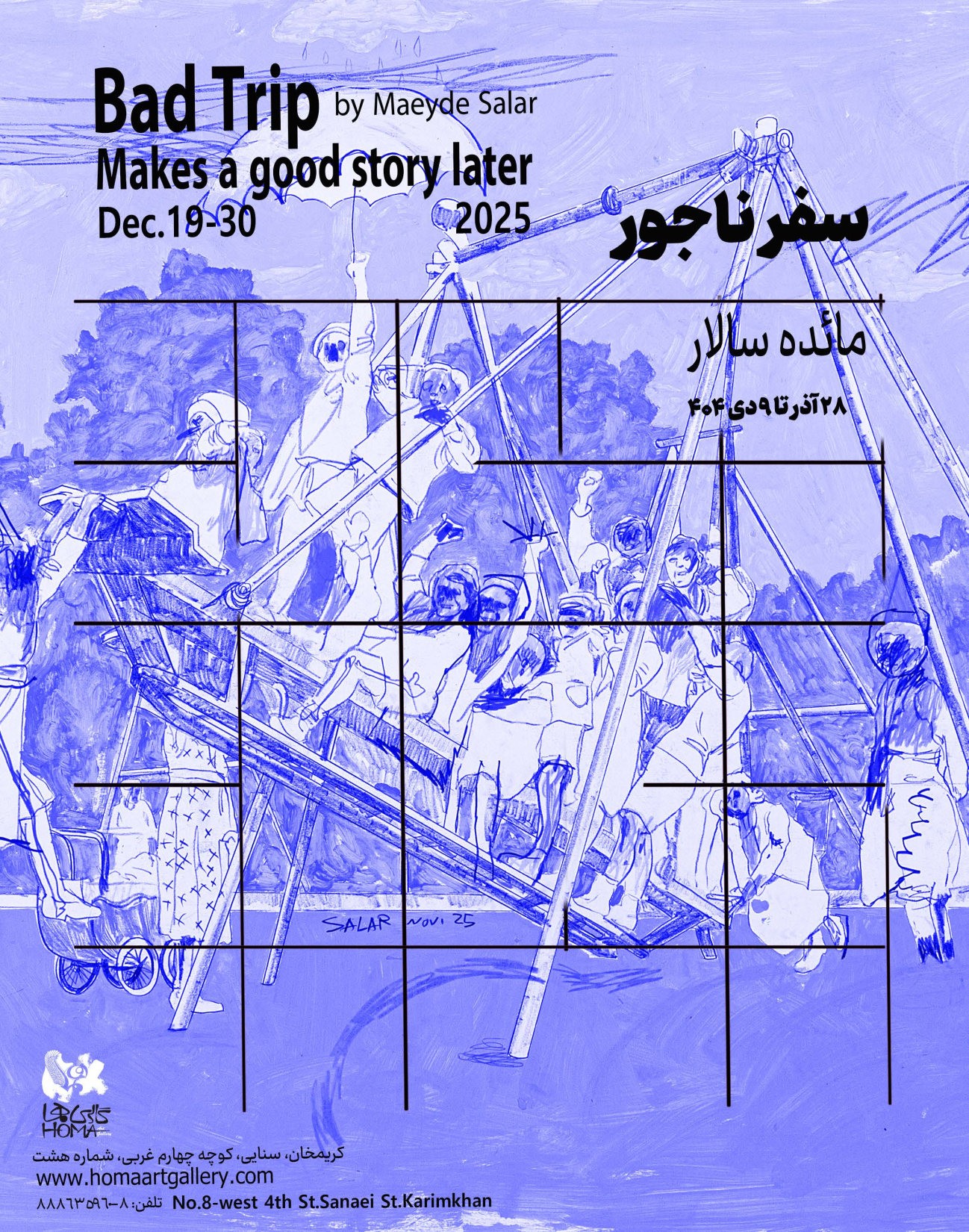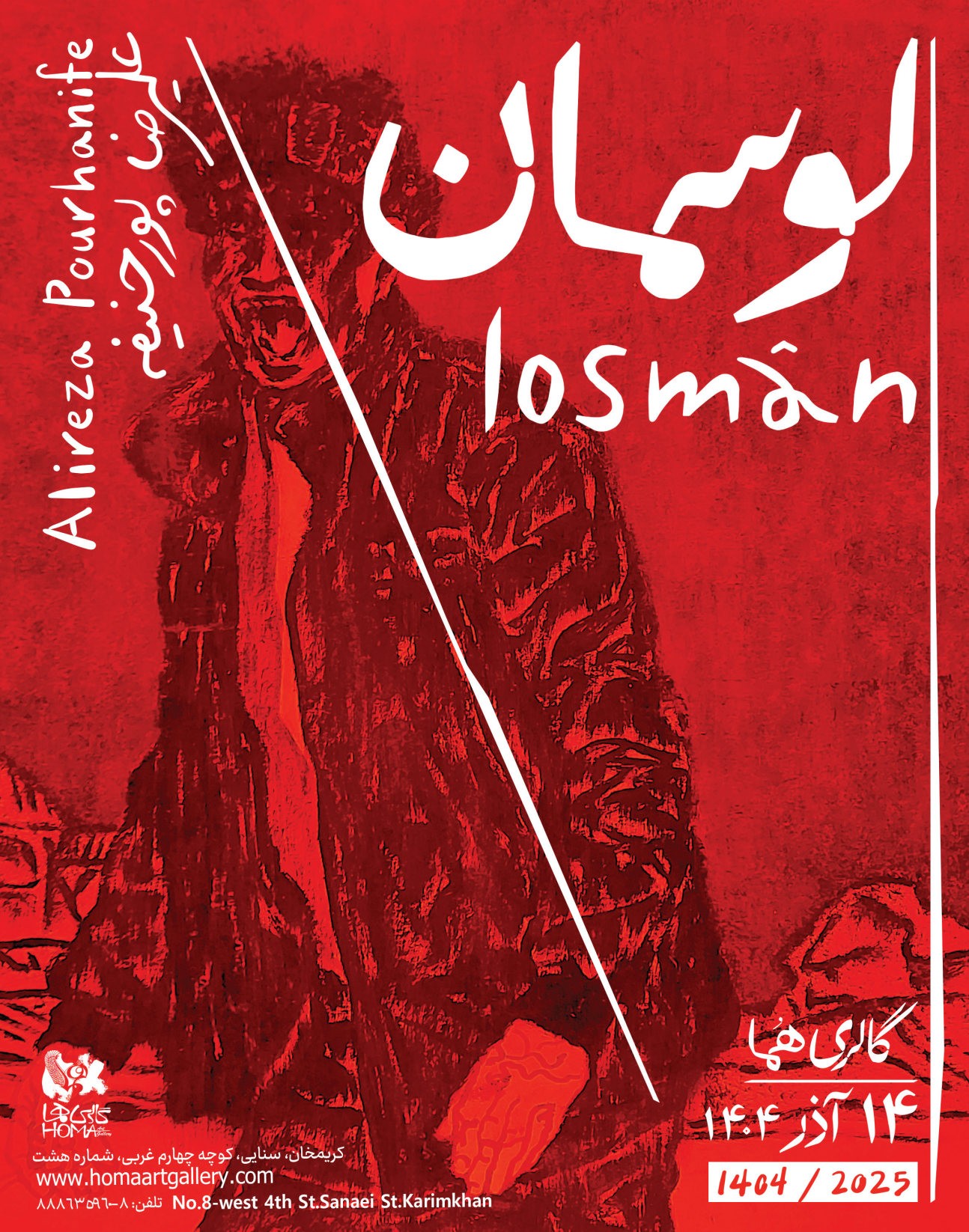Tehran,
No. 69/1, Sepand alley South Aban St., Karimkhan Zand St.
25 February 2022 - 14 March 2022
Of the People's Relations with Things Mohammad Parvizi Translated by Parisa Hakim Javadi
What is displayed in Davood Zandian's paintings as his memory comes totally from a period called the Second Pahlavi (1941-1979). This memory has its roots in an intellectual ambiance of the past, seen in the eyes of Ervand Abrahamian 'as akin to an index of cultural celebrities, including the names of Sadegh Hedayat, Bozorg Alavi, Sadeg Chubak, Ahmad Shamlou, Nima Yushij, Saeed Nafisi, Abdolhossein Noushin, Ebrahim Golestan, Jalal Al-e-Ahmad, Parviz Natel-Khanlari. Gholam-Hossein Saledi..On the other hand, in the intricacies of everyday life, the signs of this memory descend to a fervent exploration of questions seen in the titles of literary and artistic publications of the 1940s: What is art? What is literature? What is cinema? What is opera? What is ballet? ... More than showing lack of knowledge (which they indeed show), such titles were expressive of the attempts made by scholars, artists and translators to reach an understanding of the essence of modern phenomena, foreign to the Iranian society on the brink of modernization." (1) The challenges faced by Iranians in their encounter with modernity became apparent in the Second Pahlavi era (1941-1979), tuming it into a sizzling melting pot of struggling ideas. Zandian's paintings grapple with both the mentioned aspects people reading books, gathering around a table with their intellectual gestures, playing Tar, listening to phonograph records, or simply socializing. Manifold gestures shown as equal to heaps of mundane stuff, everyday life's paraphernalia whose glitter found its way into the hot intellectual debates in the 1960s and early 1970s magazines, dandies, popular publications, consumerism, that is, all the things that Jalal Al-e-Ahmad called "Gharbzadegi" (namely, "Weststuckness") surround and wander around the folk in Zandian's paintings
What is worthy of contemplation in these paintings, however, is not their criticism of the historical contradictions of that era or their judgemant of the implications of the mentioned aspects present in them, but their displaying of the contiguity of the said contradictions. That is, Zandian's work is making bold the intrinsic link between these scattered bits and pieces and a host of gestures of the same time. He juxtaposes them disjointedly in his own way to show that, despite the ups and downs of that period and even a lack of understanding regarding its phenomena, something was formed or was in the process of being formed that can be regarded as a way of living, an ambience where the intrinsic link between objects and people can be felt despite all its contradictions, a nostalgic portrait of the people's relations with things .a foundation that, later, shockingly crumbled down. Not only that, but also any form of relation between people...
(1) For an account of cultural and artistic transformations in the Pahlavi era, see Gholipour. Ali (2019). Cultivating Popular Taste in the Pahlavi Era in Persian). Tehran: Nazar Publication, P. 82



